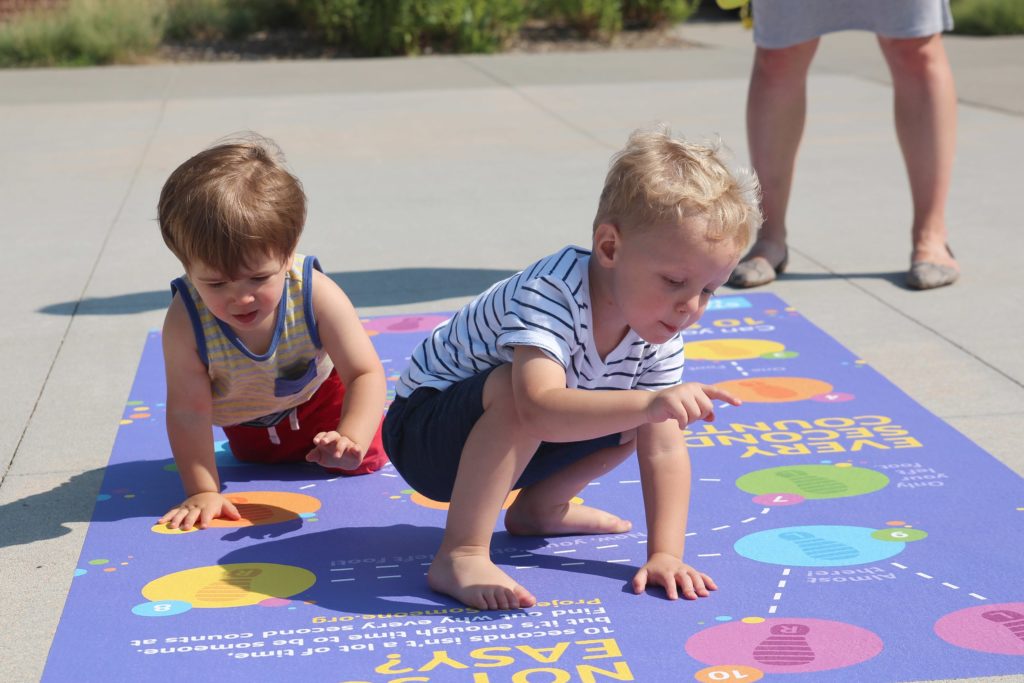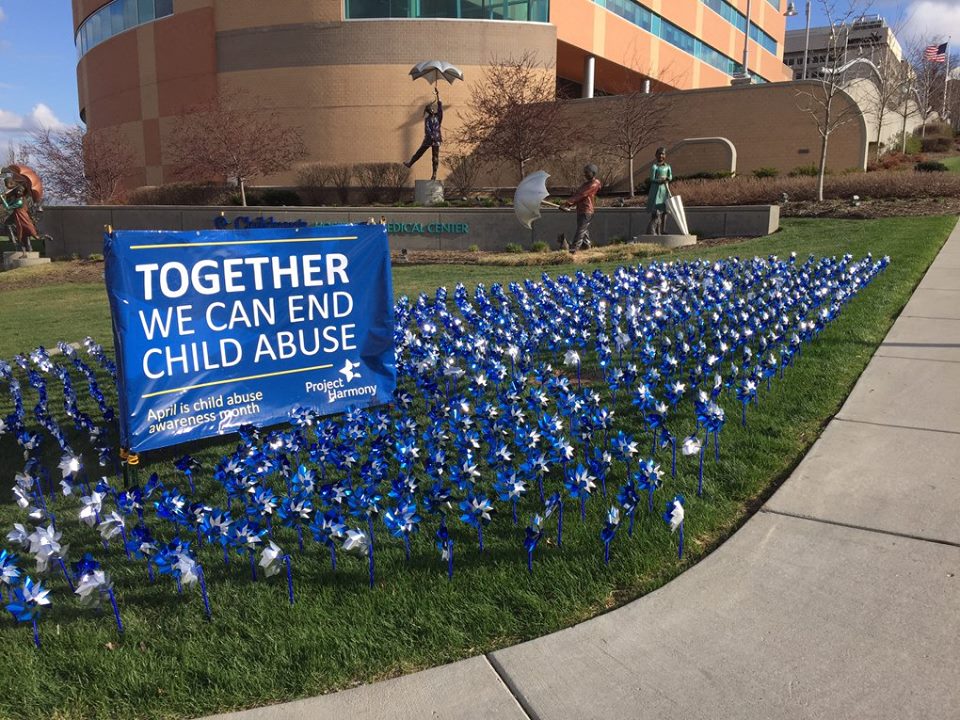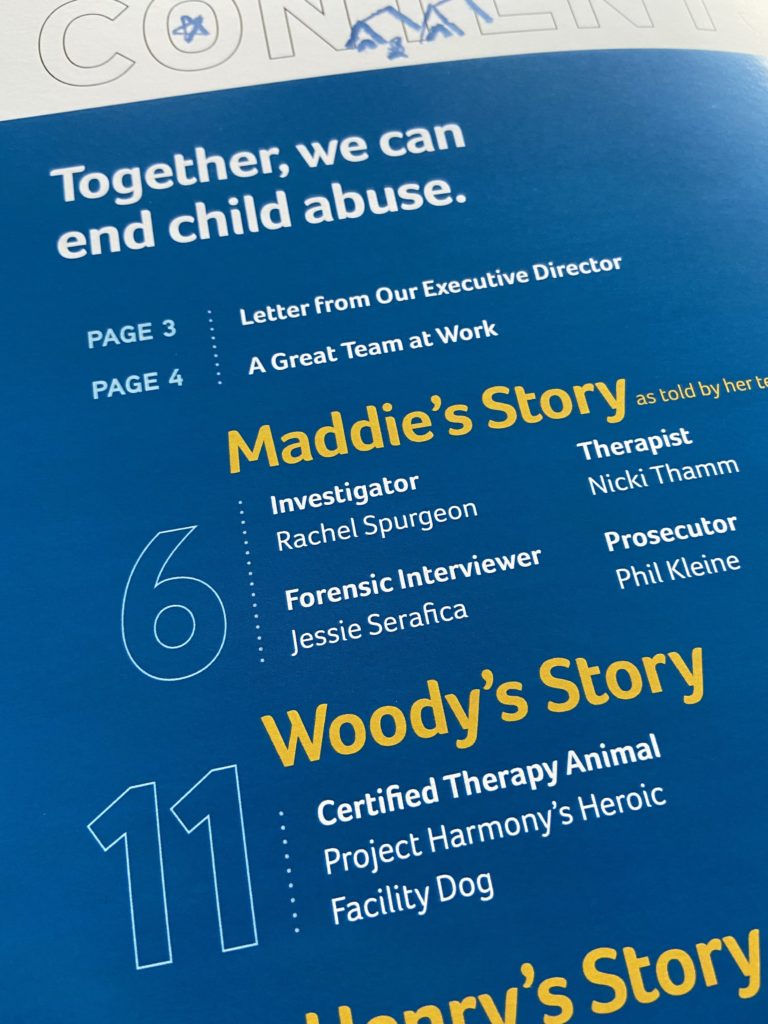
Coronavirus Support

Brand

Description

Promotions
In 2015, Project Harmony, a child advocacy center dedicated to ending the cycle of child abuse and neglect, engaged Emspace + Lovgren to rebrand the organization. We worked closely with internal and external stakeholders to understand existing brand equity and to uncover opportunities that could be leveraged.
After a successful brand launch, we developed messaging, updated marketing assets and later refreshed ProjectHarmony.com to better reflect the impact of the organization. As part of the process, a call to action — Be Someone — was developed, which eventually became a multi-year campaign known as Project Be Someone.

Driven by the opportunity that Project Harmony provides — everyone can be someone for a child — the Project Be Someone campaign needed to explain both the scope of the problem of child abuse in our local community and provide information about how to take action, either by helping a child or supporting Project Harmony.
One key takeaway we learned from the National Children’s Advocacy Center was that the message of the child abuse crisis must move to a message of success and hope. While the statistics on child abuse in the US are alarming, they are declining.
Our final concept for the campaign was positive, leading with a statement of empowerment: Every second counts. You are a part of the solution. Our goal was to intrigue audiences to visit the Project Be Someone website, where they could understand the whole story, find resources and learn how to be involved. To maximize engagement, we leveraged interactive experiences like hopscotch decals that took about 10 seconds to complete, a nod to the fact that “A report of child abuse is made every 10 seconds.”
The campaign continues to evolve and grow each year and is continually threaded throughout Project Harmony’s communications.












Our work with Project Harmony has also included communications specifically designed to address childhood trauma and its impacts on communities: Trauma Matters Omaha.
We spearheaded the brand development, website design and supplemental communications for this collaborative initiative, which recently achieved (and continues to exceed) its goal to train 22,000 people in the Omaha metro to work with a trauma-informed lens.